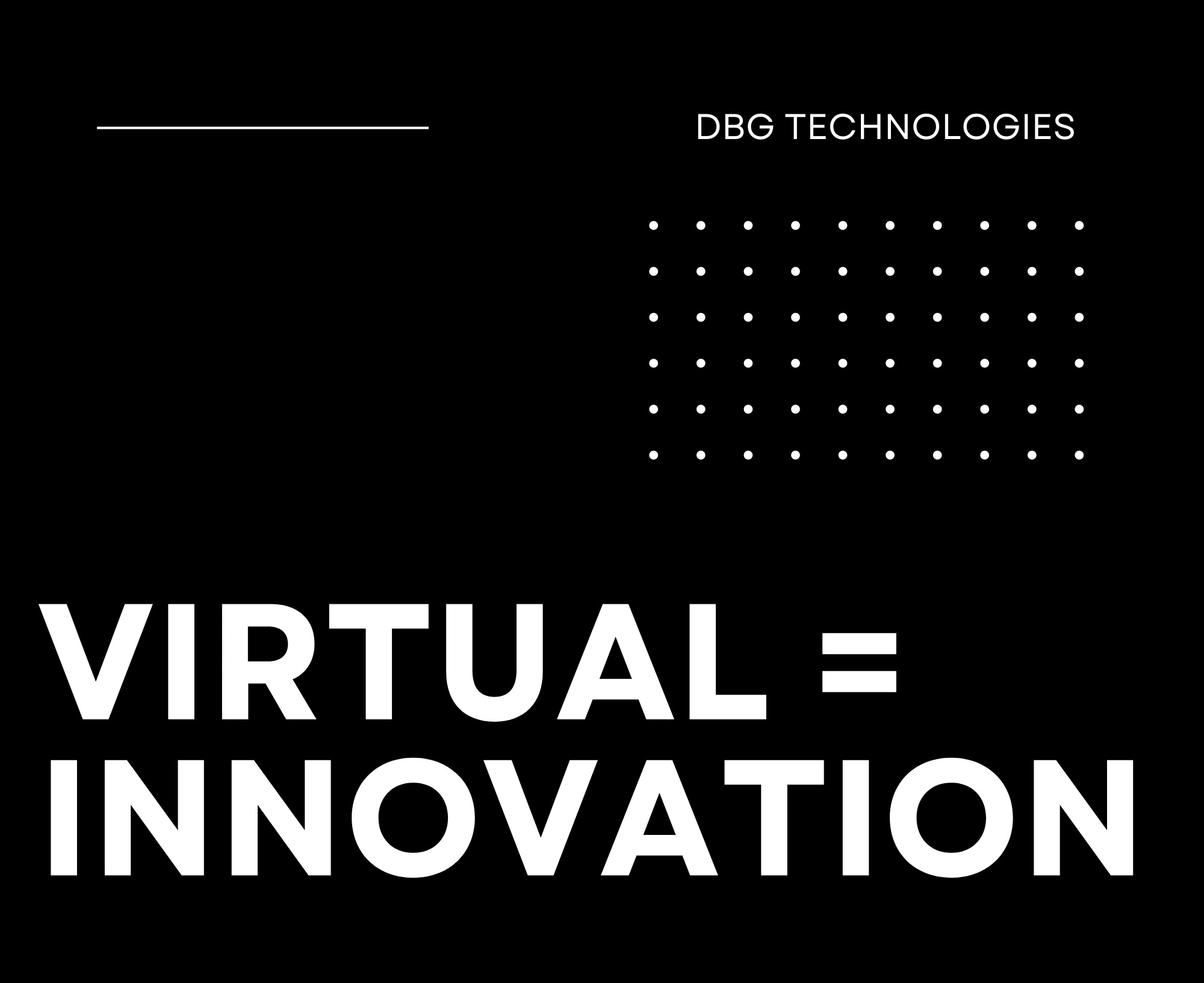 Do employees have to be desk to desk to be innovative? Does brainstorming have to occur in-person? New research provides a firm no. Virtual, remote and hybrid organizations with solid networks and collaborative analytics can be more innovative than in office teams.
Do employees have to be desk to desk to be innovative? Does brainstorming have to occur in-person? New research provides a firm no. Virtual, remote and hybrid organizations with solid networks and collaborative analytics can be more innovative than in office teams.
Despite the upheaval caused by the COVID-19 pandemic—and partly because of it—innovation and digitization have been happening at a record-breaking pace.
Although there is much discussion, including notable sources like Forbes, and the New York Times that innovation is down post Covid, research actually shows the opposite.
Extensive research shows that, when it comes to innovation, hybrid and remote teams can outcompete in-person teams by adopting best practices around digital communication and collaboration.
Gleb Tsipursky, published in a February 2022 article in the Harvard Business Review says, “virtual environments provide a better experience for group members as a whole, balancing the preferences of introverts and extroverts, optimists and pessimists, and lower- and higher-status members”.
Additionally, a McKinsey survey of top executives around the world found that companies accelerated their digitization of customer, supply chain, and internal operations by an average of three years.
They comment, “By connecting people into broader virtual networks, the pandemic has increased the collective speed and creativity of innovation efforts”.
So perhaps, this new world order, is just what the world needed.
https://hbr.org/2022/02/why-virtual-brainstorming-is-better-for-innovation
